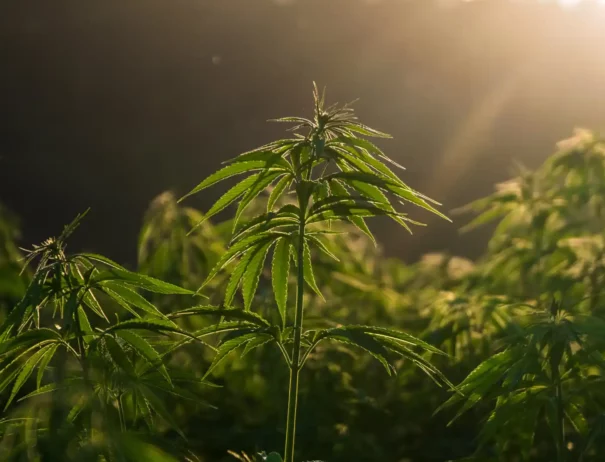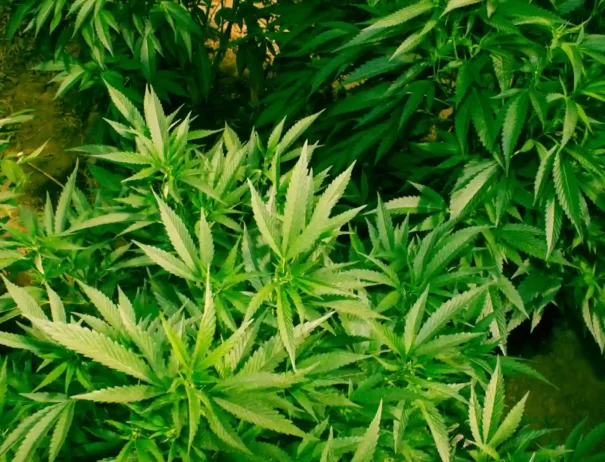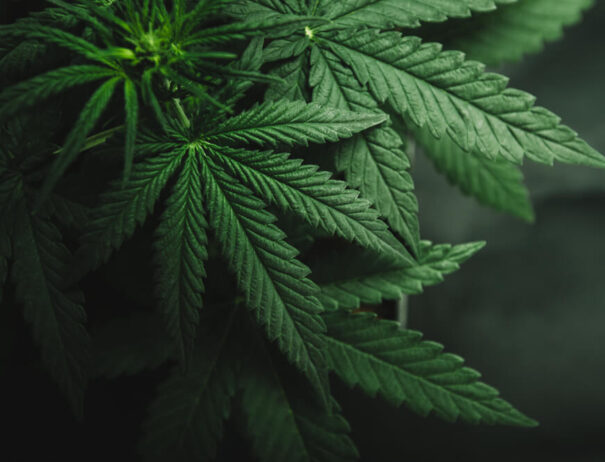NIST Introduces Hemp Reference Material for Accurate Cannabis Analysis
Hemp is cannabis’ slightly uncool, unremarkable cousin. It is not as powerful or potent and not quite as exciting as other cannabis plant strains. That is until the 2018 Farm Bill legalized the commercial production of hemp. After that, hemp exploded on the mainstream and flooded states, many without legalized recreational cannabis programs, with hemp-derived THC and CBD products. Suddenly, hemp is cool again, especially in states without medicinal and recreational cannabis policies.
However, there is a problem with the influx of hemp-derived products on the market today. A federal statute mandates that hemp plants must contain .3% or less of THC. Measuring and regulating hemp and THC is challenging, and many states and governing bodies, as well as consumers, do not precisely know how much THC, CBD, or other compounds are present in hemp plants and hemp-derived products.
The National Institute of Standards and Technology wants to change that and give forensic labs the tools to test and accurately assess hemp and cannabis products.
NIST Creates Hemp Plant Reference Material
The National Institute of Standards and Technology is getting into the marijuana business, in a manner of speaking. The NIST is a government agency that helps to promote U.S. innovation and industrial competitiveness. They are one of the nation’s oldest physical science laboratories, focusing on advancing measurement science, standards, and technology. Today, the NIST is selling and promoting new hemp reference material to help U.S. laboratories and testing facilities accurately measure the key components and compounds of cannabis plants and cannabis products.
Technically, hemp and marijuana are the same plant species. Both are cannabis plants. Legally, hemp plants are defined as cannabis plants that contain .3% or less of THC, the primary psychoactive compound in cannabis. Marijuana is a cannabis plant that contains more than .3% THC. Most marijuana plants contain as much as 15 to 20% THC or more, depending on the strain. CBD comes from both hemp and marijuana plants, just in different concentrations.
Why does THC concentration matter if hemp and marijuana are the same plant? Because while the 2018 Farm Bill may have legalized the commercial production and sale of hemp, marijuana remains a federally controlled illegal substance. Not all states have medicinal or recreational cannabis laws on the books. No one should be arrested and jailed for purchasing or consuming hemp under the current laws. In contrast, without measured and accurate testing protocols, a drug smuggler might attempt to carry on their business of trafficking marijuana by passing it off as hemp.
According to the federal government, metrics matter. However, determining whether a plant is “harmless” or whether it’s a federally controlled substance has been tricky. Studies show THC labeling is often inaccurate and inconsistent, and product labels are not always reliable or a good source of information. That’s not only a regulatory problem. It can pose significant safety issues for consumers.
What Is the NIST Hemp Plant Reference Material?
To help combat misinformation and provide labs with the tools they need to accurately measure the amount of THC, CBD, toxic components, and chemical compounds in cannabis plants, the NIST created the NIST Hemp Plant Reference Material. The guide comes with an information sheet that lists the precise amounts of THC, CBD, and other elements that are sometimes found in agricultural products. The sheet also includes “uncertainty estimates” for each compound. Labs can analyze this material to make sure their instruments produce the results noted in the information sheet. If they don’t, recalibration may be in order.
The Hemp Plant Reference Material will help laboratories and testing facilities to accurately determine the makeup of cannabis plants, identifying whether they fall under the category of hemp or marijuana. Hemp is not only used as a “drug.” It is an agricultural crop used in textiles, paper, and food products. Walter Brent Wilson, a NIST chemist who helped develop the new reference material, says, “A farmer’s crop or a company’s product can be seized or potentially destroyed if it turns out to be a ‘hot’ material, so it’s important to make the correct determination.”
The Hemp Plant Reference Material helps labs identify hemp plants. However, labs and researchers can also use it to validate the measurements of both hemp and marijuana plants. One of the material’s benefits is that it can also be used by companies in the fast-growing marijuana industry and state regulators to ensure that cannabis products on the market are safe and labeled accurately.
If you want to purchase a cannabis product that promises you 25 milligrams of CBD per dose, you want to be able to trust that you are getting what the label promises. There have been numerous recalls and lawsuits in the cannabis industry recently because of THC mislabeling. Over and underrepresenting the amount of THC in a product can result in significant detrimental health issues.
Studies show that medical fraud, mislabeling, and contamination are common problems in THC and CBD-containing products. Consumers need to be able to trust that they are purchasing and consuming safe and accurately tested products. For individuals living in states where medicinal and recreational marijuana is prohibited, ensuring you are purchasing and possessing hemp products that fall under the federal government’s THC limits is also crucial to avoid complicated legal and criminal justice issues.
In addition to THC and CBD concentrations, the NIST material also includes measurements for dangerous chemicals and substances like arsenic, lead, mercury, cadmium, and other toxic elements, many of which are known carcinogens and can cause detrimental health issues.
Another benefit to the Plant Reference Material is that it can also help marijuana researchers accurately measure the dosages used in their studies. Dosing for medicinal studies can be notoriously challenging and impact the accuracy and validity of marijuana research. With guidelines on accurately measuring dosages, researchers can potentially compare results across different studies more easily to identify patterns and medical associations.
Every month, there are exciting innovations and developments in the cannabis industry. From cannabis news and regulations to medical research, Cannabutter Digest has the marijuana-related stories that matter to you. Follow us online for more news, recipes, and product reviews.

Get Your Free eBook!
Download our FREE resource, The Ultimate Edibles Guidebook, full of recipes, infusion tips and everything you need to make your first batch of edibles today!



